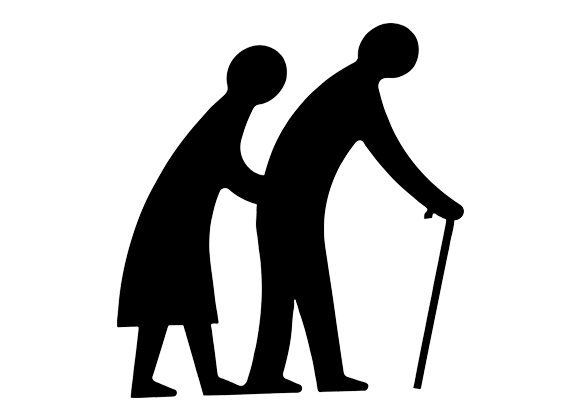The answer is a resounding, Yes! Efficient movement is a rhythmic dance between opposing muscles. As one muscle shortens to create movement at a joint, the muscle on the opposite side of that joint must lengthen to enable the movement to occur. In fact, the ability of muscles to lengthen is often the limiting factor in a person’s range of motion, velocity, and ability to move without pain.
The good news is that we’re all born with muscles that know how to lengthen to enable movement to occur. Watch a toddler squat, and you’ll see his knee extensors (quads) and hip extensors (glutes and hamstrings) lengthen enough to allow him to sit in that position comfortably with minimal energy expenditure. What, you may wonder, could possibly interfere with our innate ability to lengthen our muscles? One culprit is chronic stress.
We’ve all heard how chronic stress can lead to numerous diseases, and I’d like to bring our awareness to another effect of chronic stress: muscular tension. As we experience different types of events (relationship, work, or financial stress, rushing to meet a deadline, etc.) that cause stress, our bodies respond with a withdrawal reflex. It’s the same thing that causes you to rapidly pull your hand away from the hot stove you accidentally touched, and it can occur in greater or lesser degrees corresponding to the severity of the stressor. No matter the cause, this reflex always causes muscular tension throughout the body.
To see the mechanics of this response, imagine Rachel is driving home from work. She’s excited to finally have some time to herself after a long day, and is listening to her favorite song as her mind wanders. Suddenly, another car cuts right in front of her. She feels a surge of adrenaline through her body. In addition, within 0.014 seconds of her perception of the car, the muscles of her jaw begin to tighten. At 0.35 seconds her eyes and brow contract to scrunch her face, followed by her neck and trapezius muscles contracting to raise her shoulders and bring her head forward. At 0.06 seconds, her biceps contract to bend her elbows. Then her abdominals pull down her rib cage, shortening her breath, her knees bend and move inwards, and by 0.08 second her feet roll in while her toes lift upward. This response pulls her body into a flexed and crouched position, offering protection similar to that of the fetal position. If Rachel experiences this near-instantaneous tension in the above muscles and consciously relaxes them after a moment, then she can shake it off and go about her day. If she does nothing to alleviate this excess tension and these muscles stay tight, even at a low level, they will adopt a new, shorter resting length. Her muscles are now stuck short and cannot facilitate movement as efficiently as they could at their natural length. And when her stress becomes chronic, so too does the muscular tension. And the problem continues to get worse.
This muscular shortening illustrates one of the major reasons proper training is necessary: to undue the negative consequences of our modern lifestyles. Proper training in this case will lengthen Rachel’s muscles back to their natural length so that she can move efficiently and without pain, which can ward off all types of ailments as she ages.


